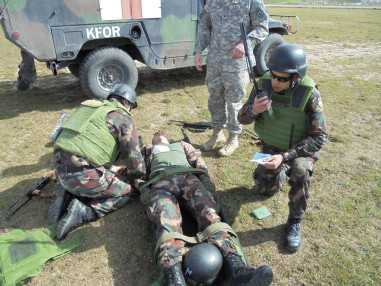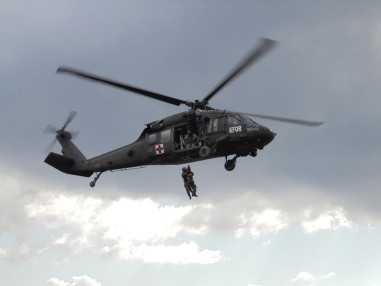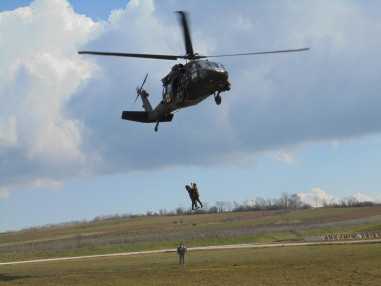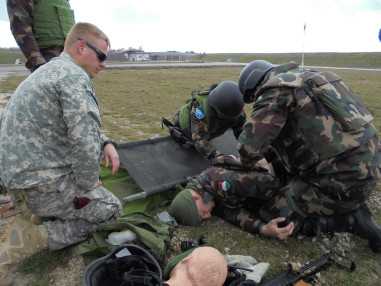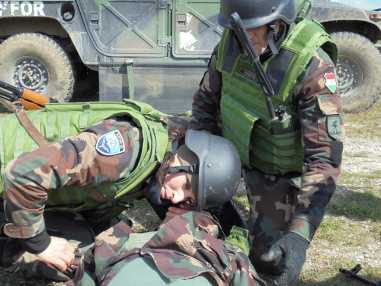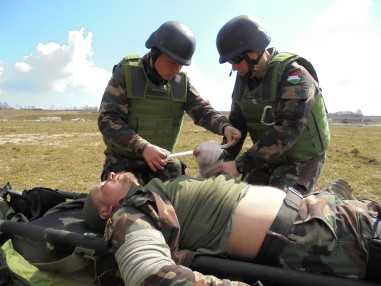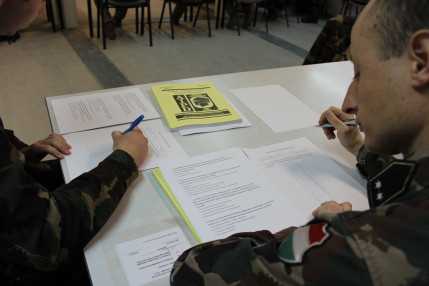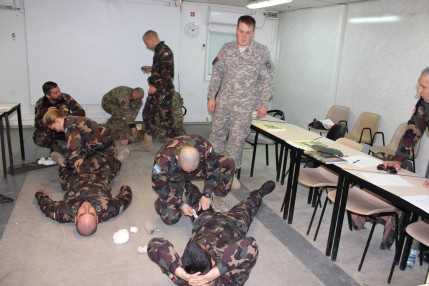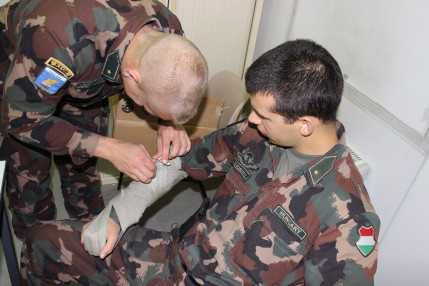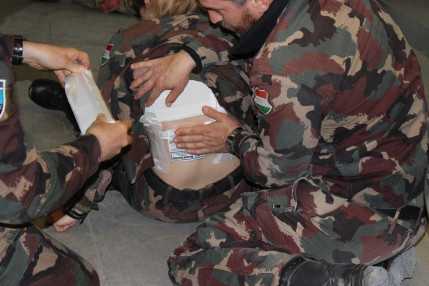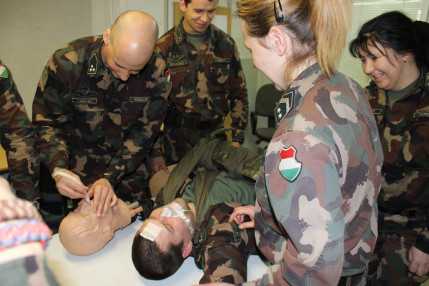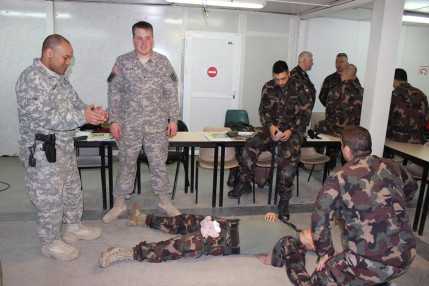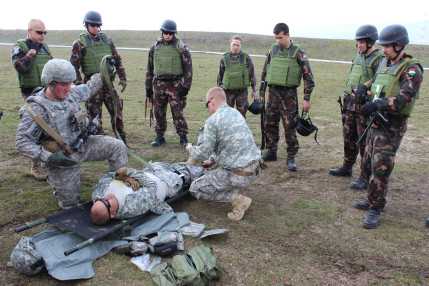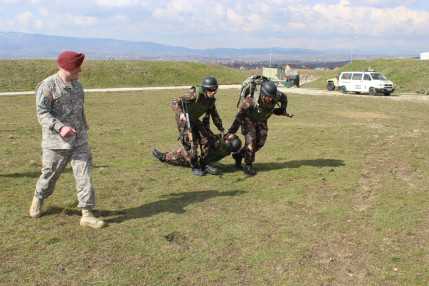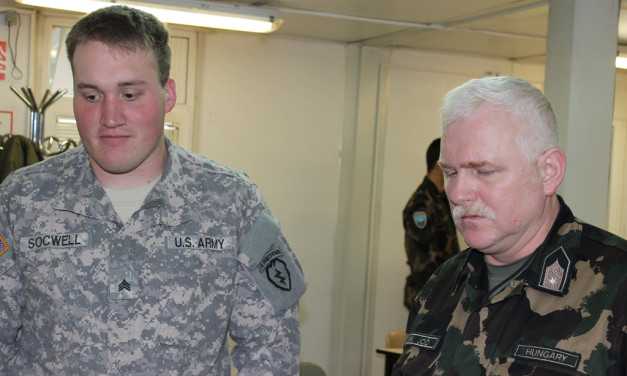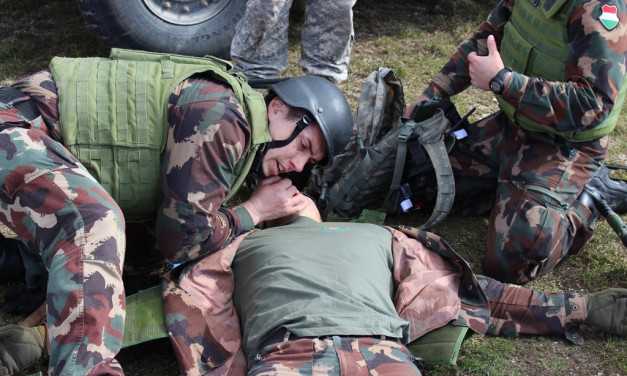Life-Saving “Recipe”
Szöveg: Lt. Attila Körtvélyessy and WO József Csajbók | 2015. március 29. 11:13“However important human life is, if the task or circumstances do not permit, nobody should want to become a hero recklessly because it may harm an entire team, not just the wounded”, Sgt. Socwell, a medical NCO of the US forces stationed in Camp Novo Selo, Kosovo told the Hungarian troops.
Galéria

The medical specialists of the US forces in Kosovo recently held a Combat Life Saver (CLS) training in Camp Novo Selo for the nominated personnel from “Delta" Company of the 12th rotation of the HDF KFOR Contingent. After the training, we interviewed Maj. Dr. Péter Joó (MD), the commander of the medical centre.
How do an injured soldier’s survival chances increase if there is a CLS around?
Almost 20 per cent of soldiers wounded in action can be saved if there’s another soldier nearby who can professionally control heavy bleeding of the limbs, treat tension pneumothorax and manage the airways.
Are there any differences between CLS training in Hungary and America?
The basic principles taught on the American course are almost the same as those in the curriculum of the Hungarian Defence Forces CLS course, except that the Americans do not teach venous access and initiating intravenous infusion, as this is a duty of the medical specialist team in their system. A basic rule is that a CLS is first and foremost a “combat" soldier with combat-related primary duties, so he is “only" a life-saver in the second place.

How many Hungarian soldiers attended the CLS course and what did they learn?
Twenty-four Hungarian and three Danish soldiers attended the 40-hour course. The course curriculum focused on identifying, managing and professionally treating injuries by the principles of Tactical Combat Casualty Care (TCCC). They learnt how to control heavy bleeding of the limbs, the characteristics of various fractures, how to treat shocks and tension pneumothorax, how to manage airways, how to fill out field medical cards, and they were introduced to medical equipment currently used by the US troops. After the academic and field training sessions, all attendees took and successfully passed a written exam on the fourth day of the course. The last and closing part of the course was a field exam. The attendees were tasked to mount a patrol on a predetermined terrain sector where they came under enemy fire and some of them got wounded. After gaining fire superiority, the infantrymen acted as CLS and provided treatment for their wounded comrades from the identification of injuries to medical evacuation (MEDEVAC). Although our participating soldiers had already been qualified as CLS in Hungary, they found the practice very useful.
What was the most interesting item of the US equipment?
The American instructors introduced us to a great many interesting and useful equipment, among them an aid bag with state-of-the art items. In addition to a lot of medical supplies, the bag contained a collapsible stretcher that is made of very light and incredibly strong material.

(Our photos were taken during the American-led training)
Photos: WO József Csajbók and CPL Gábor Hollóczki
